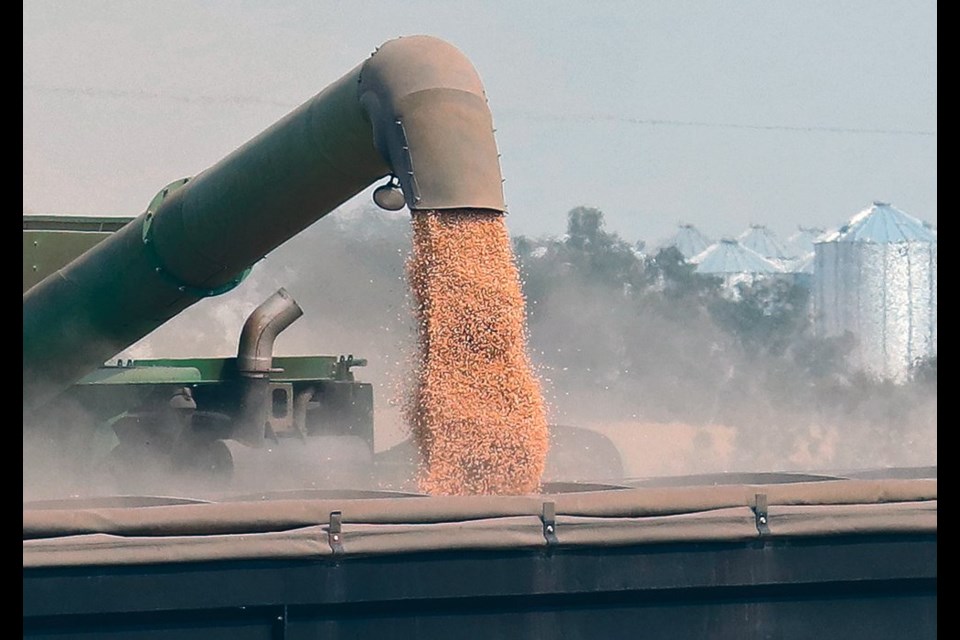WESTERN PRODUCER — Pulse markets will be better supplied in 2022-23 despite lingering concerns in some key producing and consuming regions, says a major processor and exporter of the crop.
Will Watchorn, global head of pulses at Viterra, is optimistic about a big rebound in exports.
“Canada’s crop this year is looking average to above-average but the final harvest and quality will be decided by weather,” he said in a recent article published by the Global Pulse Confederation (GPC).
However, he is nervous about production prospects in the world’s top pulse producing and consuming nation.
“India is a concern that we need to keep an eye on,” said Watchorn. “We are watching the monsoon in India extremely closely.”
Drew Lerner, president of World Weather Inc., thinks that sentiment comes from a recent story about India’s rice crop being in trouble that also mentioned a potential problem with pulses.
“I think that might have shook up the pulse market a little bit,” he said.
ADVERTISEMENT
Lerner believes most of India’s pulses are doing all right. They don’t need as much rain as rice.
However, a pocket of production in the northeast part of India is in trouble. Monsoon rainfall in Uttar Pradesh has been 45 percent below normal, while Jharkhand’s levels were 36 percent below average as of Aug. 16.
Lerner expects moisture deficits in those regions will linger through the rest of the monsoon season.
Watchorn also expressed concern about excess moisture and flooding in eastern Australia, where the country’s chickpeas and fababeans are planted.
Lerner said it has been a wet winter in that region of the country but he isn’t overly concerned about the start to Australian growing season.
“The crops are still young and as long as they don’t get flooded out, they could recover nicely,” he said.
However, he noted the combination of a lingering La Nina and the negative phase of the Indian Dipole is worrisome.
“Both will promote rain this spring and the odds are high that there will be excess moisture around for all of the crops there,” said Lerner.
Victoria, New South Wales, Queensland and the eastern portion of South Australia are at risk.
“There is potential that this will eventually become a little bit of an issue, so it does need to be watched,” he said.
Watchorn said Ukraine’s pea crop will be much smaller than normal but it isn’t a big player. Viterra is forecasting a crop of 150,000 tonnes, down from an average of 555,000 tonnes.
Russia is a big player, producing an average of about three million tonnes of yellow peas per year.
Watchorn told GPC that it is “a headache” finding countries that will move, buy or pay for Russian pulses due to economic sanctions and rising shipping insurance costs. That is why he is forecasting fewer Russian pulse exports this year.
“The ruble is extremely strong, which makes Russian pulses more expensive,” he said.
“Other problems arising are trying to find banks that will pay for Russian cargoes, finding vessels that will go there or finding container lines that are willing to process Russian documents.”
Watchorn said it is relatively easy for the pea market to sort itself out if global supplies are low because feed demand for the crop can be killed by substituting other grains if pea prices get too high.
“China has 1.5 million to two million tonnes of elastic demand for peas for feed, depending on the price,” he told GPC.
Watchorn does not see much downside potential for pulse prices if grains and oilseed prices remain firm. Feed demand will also provide a price floor for peas.
Contact [email protected]

